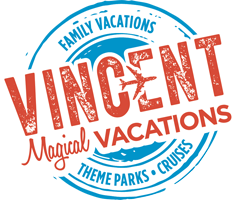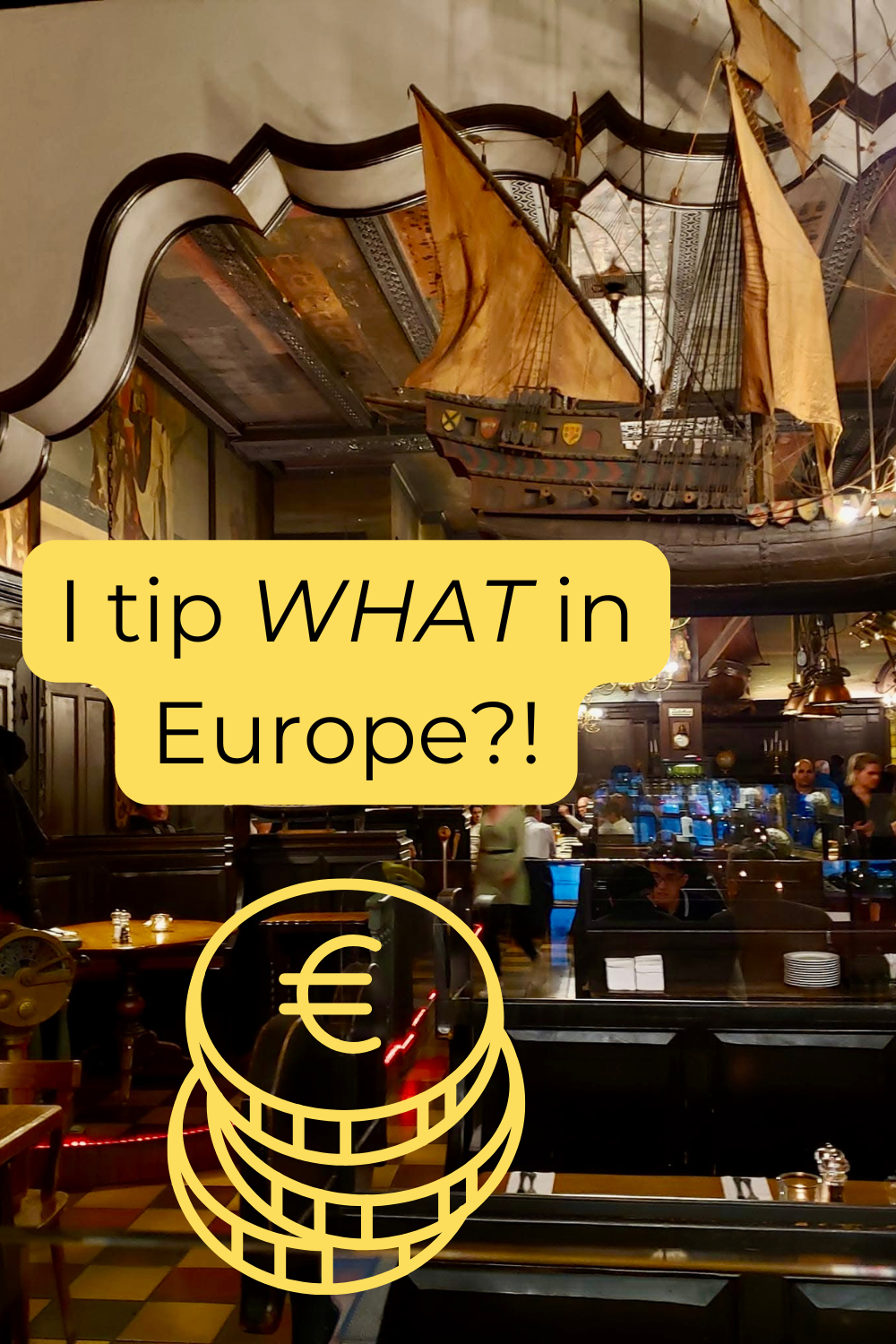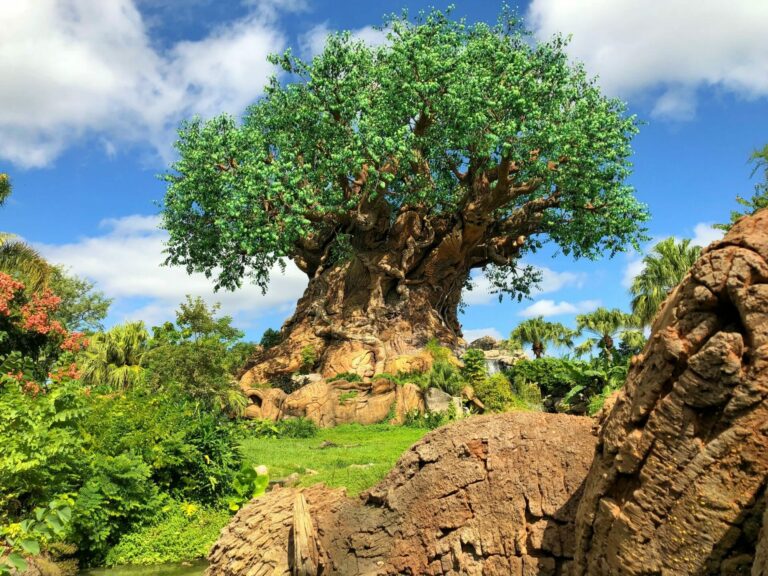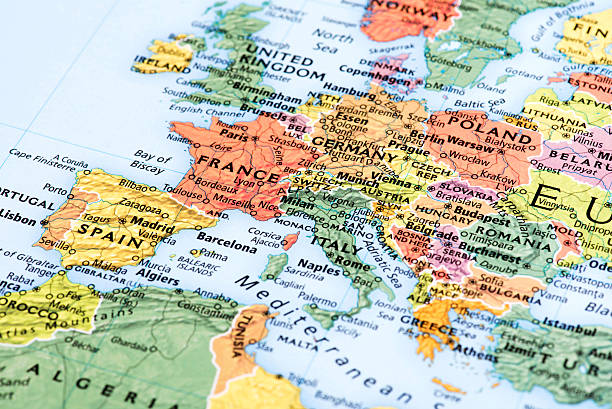We recognize that Disney vacations are not just an investment, but often the highlights of our lives, and we take that responsibility seriously. We want to ensure you have the best vacation experience.
Interested in a job in travel? Click here to learn: How to Become a Disney Travel Agent
Overview
Introduction
Oland is an island of windmills and beautiful flora 175 mi/280 km south of Stockholm. There are also remnants of Viking history, including a Viking grave reminiscent of Stonehenge.
This isn't to say that Olanders are stuck in the past—the bridge that connects Oland to the mainland at Kalmar is an engineering marvel: At 4 mi/6 km, it's one of the longest in northern Europe.
Bike rentals are the preferred way to travel this island, but you have to be in good shape if you want to see it all.
Those with an interest in Vikings will want to visit the archaeological site of Eketorp, an ancient fort where Viking excavations are under way. It was built in three different stages between AD 300 and 1300 and has been reconstructed using ancient building methods. https://www.eketorpsborg.se.
Everyone should see Solliden, the summer residence of the Swedish royal family. Its gardens are lovely in the summer. https://sollidensslott.se.
Other distinguished structures include a medieval church at Gardslosa, the remains of Borgholm Castle, just a few miles/kilometers north of Solliden (https://www.borgholmsslott.se) and the Lange Jan (Long John) Lighthouse on the southern tip of the island—getting there requires a long, hard bike ride.
For more information, visit https://visitsweden.com/where-to-go/southern-sweden/oland.
Overview
Introduction
Poland inspires. Although more than 17% of its total population was killed in World War II (including millions of civilian men, women and children, in addition to more than half a million soldiers), Poland is now some 38 million strong. Led by a stable government that's becoming a player on the world stage, Poland's healthy economy now attracts billions of dollars in foreign investment.
Poland is a mix of old and new. You can visit ancient cities or those painstakingly rebuilt from the rubble of World War II. You might see farmers who still use horse-drawn plows and hand scythes for cutting wheat. Evidence of Poland's past abounds, from beautiful medieval castles to Chopin shrines to the stark structures of Nazi concentration camps.
But Poland is also a country that has high-speed Internet access, cell phones and fast cars. Its present and future are also unmistakable with its modern office, apartment and hotel complexes, shopping malls, ethnic restaurants, world-class concert halls and increasingly varied nightlife. Despite its strong regional diversity, Poland is also among the most unified of eastern European countries—bound by language, devout Catholicism and common history. It's no puzzle why Poland attracts so many travelers—and not just those of Polish heritage.
Geography
Poland consists primarily of flat, rolling plains (the word
pole means field). Forests and lakes abound, particularly in the northeast, and lovely rivers flow from south to north throughout the country. Its diverse regions range from industrial Silesia in the southwest and the central lowlands of Mazovia (around Warsaw) to bucolic Malopolska (Little Poland) in the southeast and coastal Pomerania to the north. The Sudeten and Carpathian mountains lie to the south, bordering the Czech and Slovak republics.
History
Much of the country's turbulent history is at least partly the result of its location: It had to be traversed by various European powers on their way to do battle with other European powers (even the Swedes ventured forth across the Baltic to conquer it). At one time, Poland itself ruled a large empire, stretching from the Baltic to the Black Sea.
In the late 1700s, the Polish state disappeared for nearly 130 years, as it was partitioned among three major powers. The territories were more or less evenly divided among the German, Russian and Austro-Hungarian empires. When those empires collapsed during World War I, Poland was reconstituted as an independent nation. The respite was brief—the nation was devastated just 20 years later in World War II, and after the war, Poland became a Soviet puppet state.
Despite its history of occupation—or perhaps because of it—Poland became a leader in the movement for a free eastern Europe. Repeated strikes and rebellions from the early 1950s onward created an atmosphere in which independent trade unions, such as Solidarity, could be formed. Elections in 1989 threw the communists out of power and set Poland on its present course. After 50 years of suppression, the full range of emotions surfaced, and even now, it's not unusual to meet someone who speaks joyously about freedom in one sentence and then blasts the current government for causing unemployment and hardship in the next. This paradox was also reflected in the 1995 presidential elections, when incumbent president Lech Walesa, former Solidarity leader and adamant anticommunist, was narrowly defeated by Alexander Kwasniewski, a former Communist Party leader.
However, the country's efforts to move beyond a history of political oppression were most visibly demonstrated when Poland joined the NATO alliance in 1999. On 1 May 2004, Poland was one of 10 nations that joined the European Union. EU funding and agricultural subsidies have poured in, helping the country grow both economically and socially.
Additionally, with the continued EU emphasis on strict environmental controls and a boon in ecotourism, Poland has some of the most pristine forests in Europe and is considered a popular vacation destination for western European tourists.
Snapshot
Poland's foremost attractions include medieval architecture, cultural events, health spas, historical sights, art, scenery, beaches, hunting, opera, fishing, skiing and music festivals.
Poland will appeal to travelers of Polish heritage who want to visit their ancestral homeland or to those who have already visited Eastern Europe and want to gain a broader understanding of the region. Though Poles are outgoing and friendly, visitors who don't speak Polish or German may find it difficult to connect with them—few speak English fluently outside the major cities (though this too is changing). Dining and hotel standards are comparable to those in western Europe.
Potpourri
Before World War II, more than 3 million Jews lived in Poland, mostly Warsaw, and approximately half of the world's Jewish population can trace its roots back to Poland.
Throughout their history, Poles have tended to display an independent streak. During the long, dark years of Soviet domination, every capital in eastern Europe was required to erect a huge statue of Stalin. Warsaw procrastinated and procrastinated—it was the only capital behind the Iron Curtain that never quite got the job done.
Poland has developed a world reputation for its graphic designers and artists. The Center for Contemporary Art in Warsaw can be counted on for splashy exhibits of new work.
Poland has some of the loveliest wooden churches in central and eastern Europe. A particularly good one is in Debno, just east of Nowy Targ.
Poland has a few communities of Muslims—direct descendants of 13th-century Tartar invaders. Tiny centuries-old wooden mosques, still in use, can be found in the villages of Kruszyniany and Bohoniki. The local cemeteries have tombstones with Arabic script on them.
To mark the hours, a bugler plays from a tower on Krakow's Basilica of the Blessed Virgin Mary. Each time, the tune is cut short to commemorate a bugler killed by a Tartar arrow more than 700 years ago while he was blowing the alarm.
In Bialowieza and in Bieszczady, you'll see rare and protected herds of European bison grazing in the fields (you can buy a bottle of locally distilled vodka, Zubrowka, that's flavored by a single blade of the grass "much beloved" by the bison).
The small city of Karpacz, situated in the Karkonosze mountains, boasts a most unique building: a Norwegian Stave Church dating from the 13th century. When the Norwegian town of Wang decided to replace its church with a new building, King Frederic William IV of Prussia bought this wooden gem in 1840 and had it shipped from Norway to serve the local Protestant community.
Overview
Introduction
Poland Spring, Maine, 25 mi/40 km north of Portland, was once the home of the famous Poland Spring Resort and is one of the oldest vacation destinations in the Northeast. It's also known for its fabled mineral water that is sold as Poland Spring bottled water.
The Maine State Building is a Victorian gem that was constructed for the 1893 Columbian Exposition in Chicago, then dismantled and reconstructed in Poland Spring. The nearby All Souls Chapel is made of beautiful Maine granite.
If you're looking to spend some time outdoors, check out Range Pond State Park (https://www.maine.gov/cgi-bin/online/doc/parksearch/index.pl). This 750-acre/304-hectare park offers swimming at a sandy beach, nature trails and a boat launch.
The Shaker Village and Museum near Poland Spring is made up of 13 buildings that were built by the Sabbathday Lake Shaker Community after its establishment in 1793. Tours of the community's buildings are available, and the museum features examples of the simple and elegant Shaker furniture. Shaker handicrafts are sold in the gift shop. https://www.maineshakers.com.


































